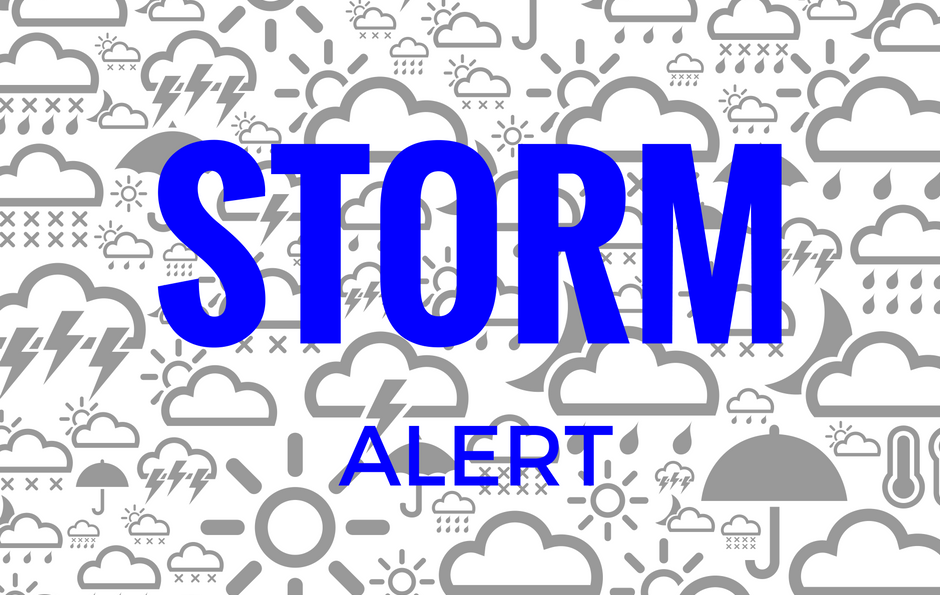Air Quality Information
Resources
The Bay Area Air Quality Management District (BAAQMD) is the official air pollution control agency for the San Francisco Bay Area, which includes Marin County. To stay up to date on Bay Area air quality news, visit their website.
Below are resources to find out the current air quality conditions, to help you better understand how to protect yourself during unhealthy air quality conditions, and more.
Sources of Air Pollution
In the Bay Area, a certain amount of air pollution comes from industrial sources, such as refineries and power plants. But a greater percentage of harmful air emissions comes from cars and trucks, construction equipment, and other motor vehicles. In the wintertime, the largest single source of air pollution is residential wood burning.
- Spare the Air
Learn about the Spare the Air Program, how the seasons affect air quality, and how to find out whether a Spare the Air Alert is in effect. - Wood Smoke Pollution
Learn how the Air District is reducing wood smoke pollution in the Bay Area through Winter Spare the Air Alerts and restrictions on wood burning, and find out how you can help at home.
Types of Pollution
In order to protect public health, the U.S. EPA and the state of California have created air quality standards for pollutants that are commonly present in the air we breathe.
In the Bay Area, the common pollutants of greatest concern are ozone and fine particulate matter. Ozone is the main ingredient in summertime smog, and fine particulate matter - which is made up of an assortment of extremely small airborne particles, or mixtures of solid particles and liquid droplets - is primarily a problem in the wintertime.
The state of California has also identified a category of air pollutants called toxic air contaminants. These are generally present in very small amounts in the air, but are extremely hazardous to human health. In the Bay Area, the toxic air contaminant of greatest overall concern is exhaust from diesel engines.



